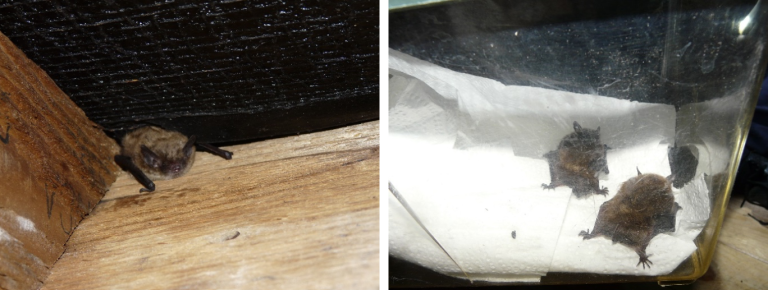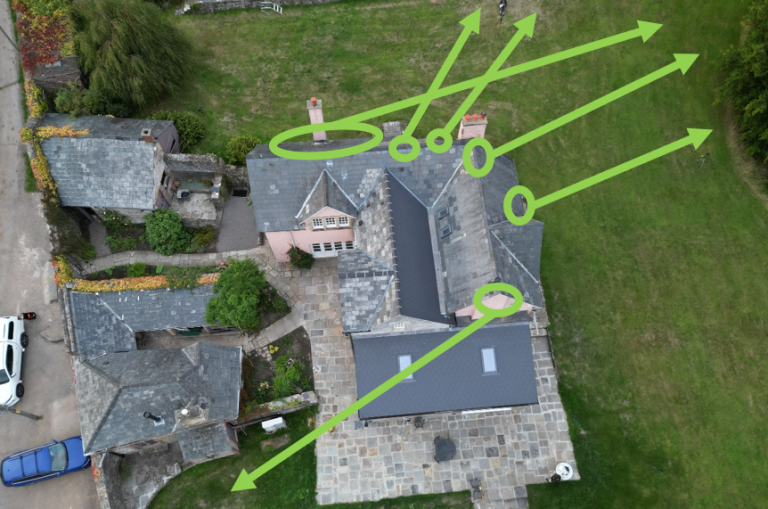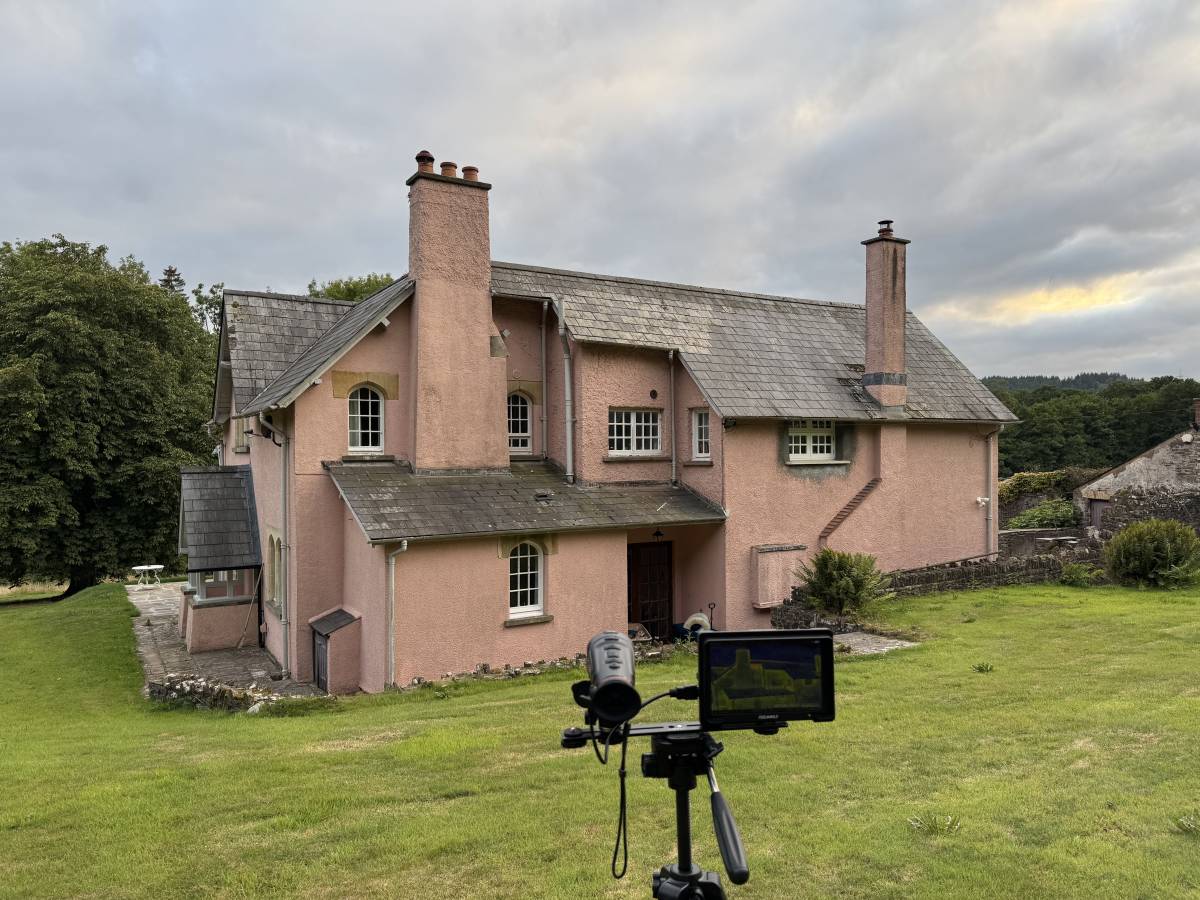Bat Survey - Cefn Mably, Caerphilly
Background
A couple of years ago, we had the pleasure of being involved with the renovation this picturesque cottage. Parts of the building were demolished and new extensions constructed.
This project was interesting from the start - the initial loft inspections uncovered hundreds of bat droppings, 15 brown long-eared bats, and two lactating Brandt's bats.

A dusk emergence survey and a dawn re-entry survey was conducted at the property, uncovering a maximum count of 79 bats, species including: Brandt's bats, brown long-eared bats, common pipistrelles, soprano pipistrelles, and Natterer's bats, with maternity roosts for Brandt's, brown long-eareds, and common pipistrelles identified.
This building was obviously a very significant roost for local bat populations, something we were very mindful of when applying for a licence with Natural Resources Wales and designing our mitigation plan.
Development
Many of the bat access points to the building were to remain untouched as a re-roofing was not planned, so gaps under fascia boards, gaps under roof slates, gaps under ridge tiles, etc, were going to remain, but the building was going to be radically altered and their roosts disturbed and changed. The property owners were eager to remain at peace with the nature that was not only at their doorstep, but in their loft space.
Our mitigation involved splitting the existing loft space into three - two spaces designated for bats that could be entered by bats through access slates, and a middle space that would be used as a storage space for the property owners. This allowed the bats to be safe and sound in a space designated only for them, without taking away from the storage space the owners required.
Monitoring Surveys
The year after the project was completed, we returned to do a loft inspection and a post project monitoring survey. This is to check that the mitigation we recommended installed was actually used by bats and was effective at replacing the roost that otherwise would have been destroyed by the proposed development. This ensures we are constantly checking our own work is helping the conservation of bats, allowing us to amend and enhance our approach to similar projects in the future so we are doing our best for people and bats.
Thankfully, our mitigation was effective in this case. Both loft spaces allocated to bats were covered in thousands of bat droppings. Bats were heard chattering and scratching behind the bitumen felt lining of the loft, and a brown long-eared bat was seen roosting on the roof timbers.


When we carried out the emergence survey, we had a grand total of 90 bats emerge from the building! Behaviour of close following between bats indicate that there were juvenile bats following their mothers, learning how to fly and forage before it is time for them to leave maternity roosts and become independent. Sound analysis from the survey revealed that the bats present were a mixture of common and soprano pipistrelles, brown long-eared bats, and Myotis species, including Daubenton's, Natterer's, and whiskered bats.

The property owners (and us!) are delighted that everything we collaboratively did to protect the bats at this lovely home was effective. We hope that the bats and owners can enjoy this beautiful home in a lovely area for years to come.




